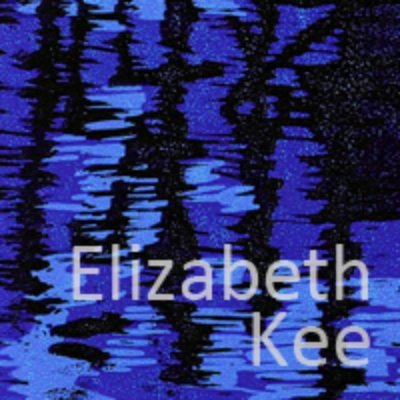Pagan
"The knowledge we have as individuals and as members of a particular society remains very limited, selective, and biased by the passions of living."
- Yi-Fu Tuan
The Pagan Era lasted from the 9th to the 13th century and is considered the most prolific building period in Burmese History. It was both the government and religious center, since Burmese culture centralized the head role of both their government and religious bodies early on in their history. This theocracy built two types of monuments: gu temples and stupas. The distinction of gu temples on this site, and in Burma in general, is a geometric and style classification of temple structure.
Gu temples, along with most temples in the Hindu – Buddhist tradition of the South and Southeast regions, are temples that are meant to emulate a cave- like experience. The cave and subsequent withdrawal from the everyday life, is a kin to where many famous religious prophets withdrew and found religious clairvoyance. Once entering a gu temple a circumambulation around a central alter area allows the worshipper to be visually educated in the ways on of the Buddhas via frescos along the walls of the barrel vaulted walkways.
Stupas, on the other hand, are meant to emulate the great Mount Meru, house of the Gods. And, like Mount Meru itself, stupas are not enterable and instead are meant to be externally circumambulated. Stupas generally are built to house specific relics deep within their centers.
During the Pagan Era over 10,000 stupas and gu temples were built, with 2,500 remaining today.
Nay Pyi Daw
Nay Pyi Daw became the official capital of Burma on March 27, 2006 and was officially moved to its new location 320 km north of Yangoon (the previous capital) starting on November 6, 2005. The new Nay Pyi Daw District, as well as the Parliament area, is Burma’s third largest city and was designed, built, and conceived to only house government ministries. Built in complete government secrecy, families of government workers and civilians have been banned from entering, and vendors are restricted to a small commercial zone. Not much is known about the new capital as it was only opened to limited outsiders starting in 2011 and only in 2013 did images of Nay Pyi Daw start to appear on the internet and aerials become available through Bing and Google Earth.
“The ultimate insurance against regime change, a masterpiece of urban planning designed to defeat any putative "colour revolution" – not by tanks and water cannons, but by geometry and cartography”
- Himal "Naypyitaw – Dictatorship by Cartography"
Pagan + NPD
Pagan and Nay Pyi Daw are two capitals over 1,000 year apart. How does one become the other? We can intuitively see that Nay Pyi Daw is trying to implicitly and explicitly reference the Pagan Era, but, what are the ways that we as architects can construct and analyze the changes in time and memory that we see and know are being referenced – yet are so ephemeral and difficult to pin down?
How is memory being constructed and deployed? And how do we analyze these changes and properly represent them? How does a more self-aware representational style speak about the past, present, and future in its attempts to sort and translate various interpretations of realities and possibilities for communication with others?
This thesis aims to find better ways to analyze and represent the constructions of memory. Throughout this thesis two discrete lenses are utilized in order to analyze how memory is being constructed spatially in each: Archaeology and Photography. By using limits as tools an attempt can be made to evoke and highlight both the temporal and timelessness of a design. They become merely a step along the way of communicating the constructed personal and communal memories of the past, present, and future within the discipline.






